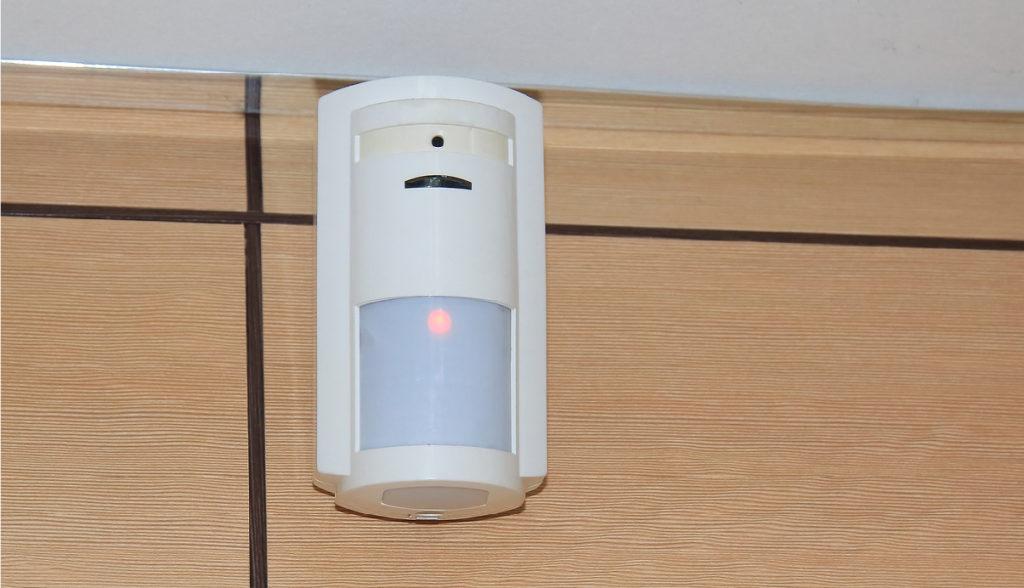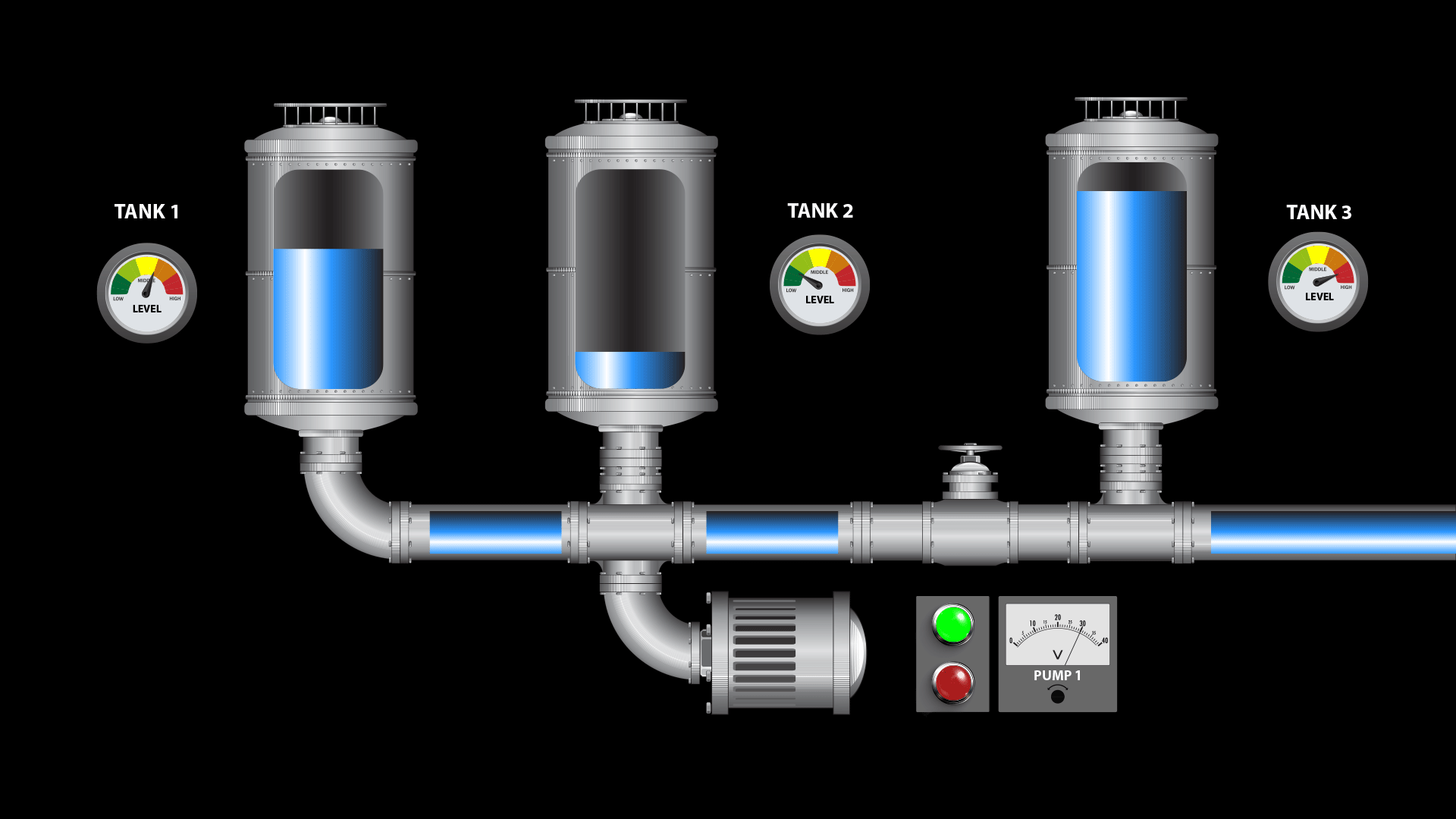As technology continues to advance, building automation systems have become increasingly popular in commercial and residential spaces. Like our vehicles and homes, many of the systems that run commercial and industrial buildings have become automated. Automation systems can make buildings more efficient, secure, and comfortable for occupants. In this beginner’s guide, we’ll explore the basics of building automation and how it works.
What is Building Automation?
Building automation refers to the use of technology to control various systems in a building, such as heating, ventilation, and air conditioning (HVAC), lighting, security, and more. Building automation systems (BAS) use sensors, controllers, and software to automate and monitor these systems, allowing for optimal performance and energy efficiency.
How Building Automation Works
Building automation systems work by collecting data from sensors that are placed throughout the building. These sensors monitor various factors such as temperature, humidity, and occupancy. The data is then sent to a controller that analyzes the information and makes decisions based on pre-set parameters. For example, if the temperature in a room is too high, the controller may turn on the air conditioning to cool the space.

One of the key benefits of building automation is that it allows for the coordination of different systems in a building. For example, if a room is not occupied, the lights can be turned off automatically to save energy. If the room becomes occupied, the lights can be turned on and the temperature adjusted to a comfortable level. These coordinated actions can help to save energy and create a more comfortable environment for occupants.
Components of Building Automation Systems
Automation systems for buildings consist of several key components. These include:
- Sensors: Sensors are used to monitor various parameters such as temperature, humidity, and occupancy. They can be installed in different parts of the building, such as the walls, ceilings, and floors.
- Controllers: Controllers are responsible for analyzing the data collected by sensors and making decisions based on pre-set parameters. They can be programmed to control various systems in the building, such as HVAC, lighting, and security.
- Actuators: Actuators are used to control various systems in the building. For example, they can be used to turn on the air conditioning or adjust the lighting in a room.
- Software: Software is used to program and control the building automation system. It can be used to set parameters for different systems, monitor performance, and make changes as needed.

How Does Automation Help People?
Building automation systems offer several benefits to building owners and occupants. Some of the key benefits include:
- Energy Efficiency: Building automation systems can help to reduce energy consumption by optimizing HVAC, lighting, and other systems. This can result in lower energy bills and a reduced carbon footprint.
- Comfort: Building automation systems can help to create a more comfortable environment for occupants by adjusting temperature, humidity, and lighting levels based on occupancy and other factors.
- Safety and Security: BAS can help to improve safety and security by monitoring the building and alerting security personnel in case of any issues.
- Maintenance: Automation systems can help to reduce maintenance costs by providing real-time data on the performance of various systems. This can help to identify and address issues before they become major problems.
BAS Layers
An automation system typically has three layers: management, controller, and field. The field layer is composed of devices such as sensors and actuators. These are the devices “in the field” that do the actual work of reading data and/or operating equipment.
The middle layer is the controller layer. It contains controllers, which receive the inputs from field devices, makes decisions, and relays commands to those devices.
Finally, the “top” layer is the management layer. This “supervisory layer” contains the software that manages the entire BAS and brings all controls to a single access point. The management layer usually contains graphic displays that let owners and managers easily see the status of the system or individual parts.

Challenges of Building Automation
While building automation systems offer many benefits, there are also some challenges to consider. One of the main challenges is the cost and complexity of installation and maintenance. Building automation systems can be expensive to install, and they require ongoing maintenance to ensure optimal performance. However, advances in technology are bringing down the costs of BAS systems, and many businesses and facilities now find it financially beneficial to invest in basic components and systems.
Resources
Now add to what you’ve learned. Check out these resources on the BAS basics:

